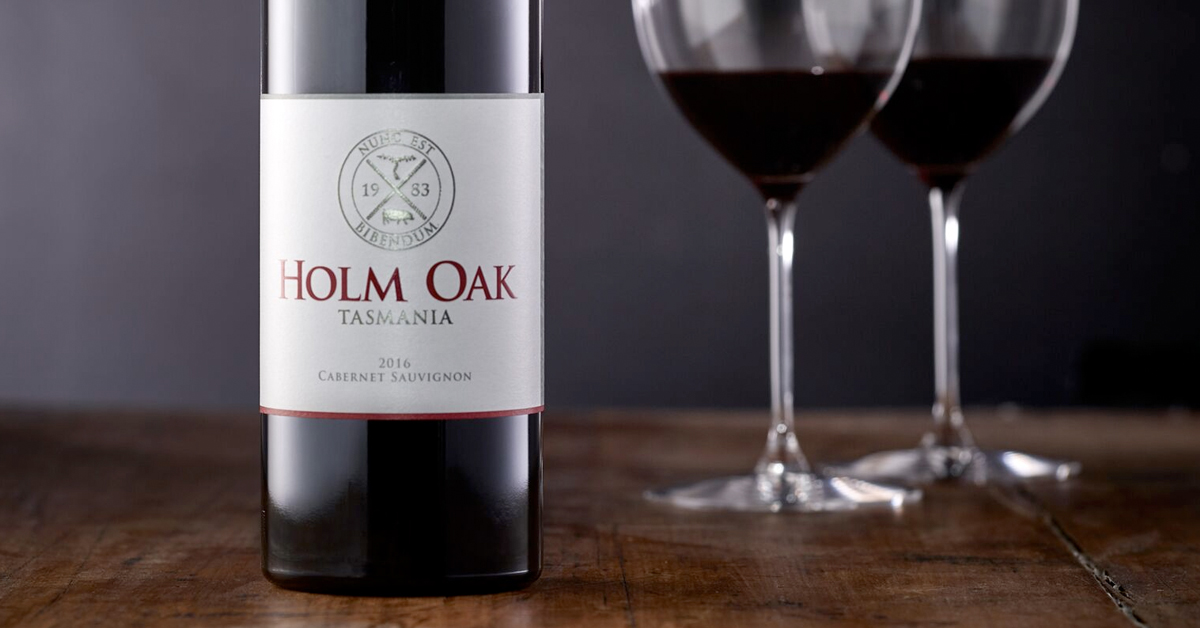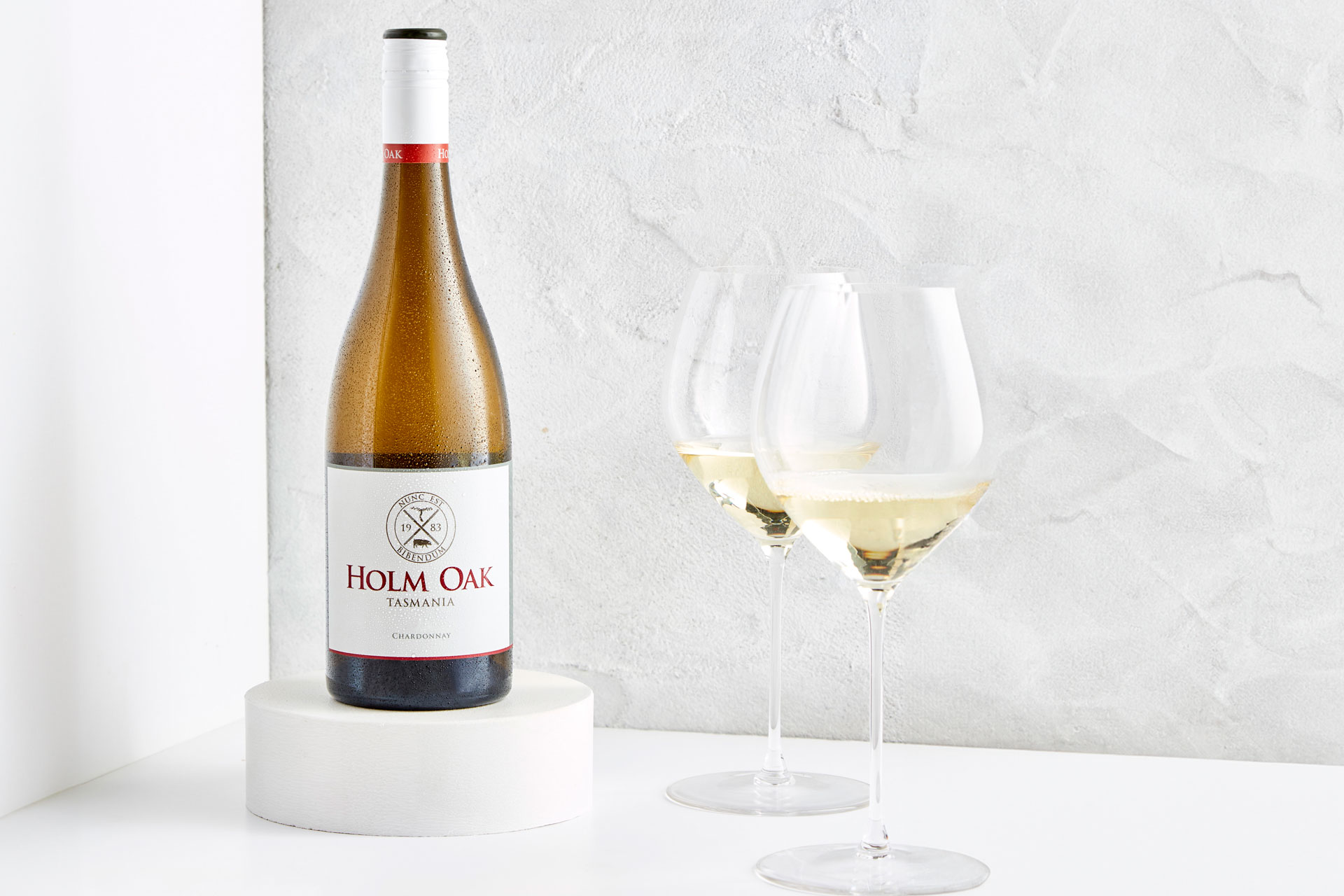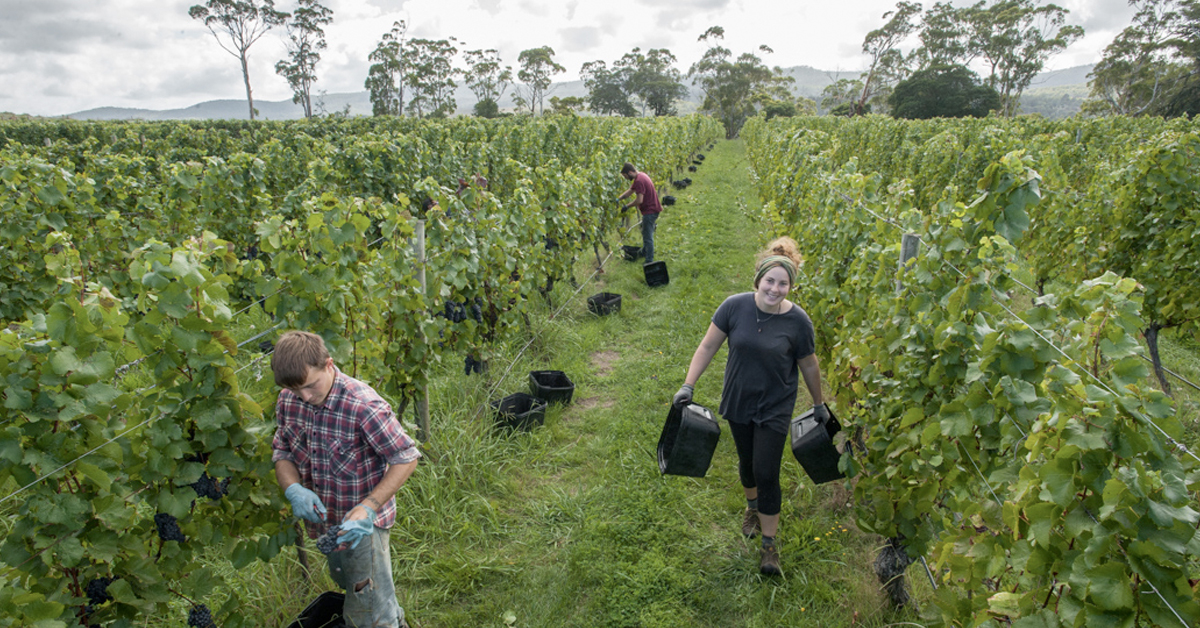Life is a Cabernet

Glorified as King of the Reds, Cabernet is a beguilingly complicated beast. On its own, it can be aloof and austere yet perfectly powerful; when blended with varieties such as Merlot, Cabernet can hit next-level flavour greatness.
Most drinkers would have been introduced to Cabernet Sauvignon somewhere along their wine journey. Why? It’s one of the most widely planted varieties in the world. From its sacred home in France’s Bordeaux to Lebanon, California, New Zealand and Australia, Cabernet weaves its magic wand over wine drinkers everywhere with its va-va-voom body (Kim Kardashian of the wine world?), its soaring tannins and ‘here I am’ acidity.
Cabernet Sauvignon was born as a result of a happy accident – in 17th Century southwestern France, Cabernet Franc jumped into bed with Sauvignon Blanc and they made a Cabernet Sauvignon baby. This relatively new variety has risen exponentially since its arrival on the wine scene because it’s incredibly easy to grow. Its skin is thick, its vines are tough and its berries bud late, avoiding nasty Jack Frost and his destructive ways.
So what does a classic Cab Sav smell and taste like?
As is the case with most varieties, flavour profile is governed by climate and soil type, but let’s take a top-line approach. Its aromas span blackcurrant, mint and cedar to black cherry, olives, eucalyptus and menthol. Its robust flavour profile broadly covers blackcurrant, cassis and mulberry characteristics to herbal, minty, chocolatey, earthy notes, and that scandalous term “cigar box”.
In our cool-climate Tassie backyard, Cab Sav is all about blackcurrant, peppered by mint, cedar and menthol. Holm Oak’s Cabernet Sauvignon displays cassia characters with an added hint of chocolate, leather and tobacco. In SA’s Coonawarra, also a cool climate, Cab Sav grown from its hallowed terra rossa earth is a choc-mint flavour bomb, with typical blackcurrant notes and a happy savoury ending.
In moderate climates, blackcurrant is spiced with black cherry and olive; pump up the temperature to the max in even warmer climates and currant flavours can swing towards the over-ripe “jammy” spectrum.
Cabernet Blends
But for every Cab Sav on the shelf, there’s a Cabernet blend right next door. You see, winemakers can’t help themselves. Sandwiched in between Cab Sav’s lovely upfront fruit and aromas, and its solid finish at the tail end is often a dip in flavour – the middle palate needs a boost. And that boost comes in the form of another variety.
Meet Merlot, Cabernet’s dance partner. This traditional variety of Bordeaux is juicy, fleshy and alluring. Who wouldn’t want to do the tango with this inky blue-skinned variety? Cabernet’s austere nature melts under the influence of Merlot. Holm Oak’s version of Cabernet Merlot is medium in weight, pure in fruit flavour (raspberry and blackberry) with a fleshy and smooth palate.
Let’s not rule out blending other varieties with Cab Sav, including its parent Cabernet Franc, and its fellow heavy-hitter Shiraz. In a typically Aussie bolshie move, winemakers here blend Cab Sav with Shiraz despite this fusion being forbidden by French regulations. Blending the noble grape of Bordeaux (Cabernet Sauvignon) with the noble grape of the Rhône (Shiraz) is a no-no in the French winemaking world.
But Aussie winemaker, and Penfolds Grange architect, Max Schubert didn’t get the memo. He blended Coonawarra Cabernet with Barossa Shiraz to craft Penfolds 60A. Some regard the 1962 vintage of this wine the greatest in our nation’s winemaking history. Blending these two varieties creates robust, complex wines of great ageing potential.
On its own or when paired with other varieties, Cabernet Sauvignon is a dignified variety but self-deprecating enough to know when it can be made better by its better half (or quarter as may be the case). Here’s cheers to Cabernet, our lioness of the wine wilderness.



